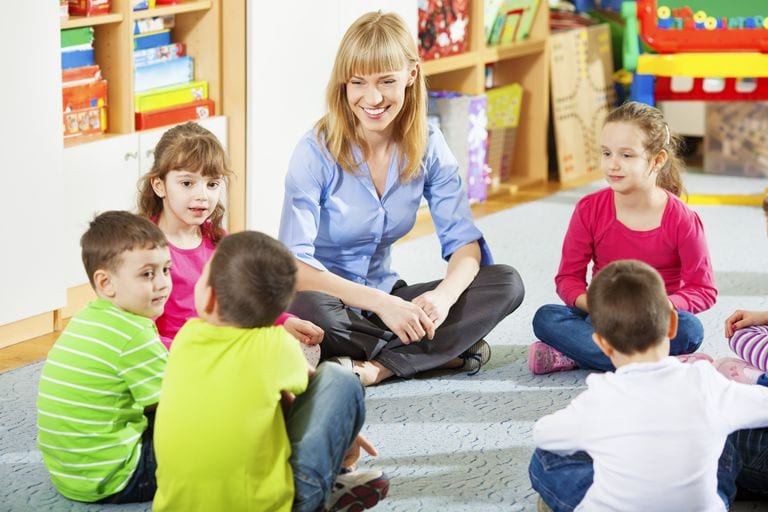Student Contributor: S. Hsu
 Acknowledgements are a supportive phase tool that allows students to recognize other students that use Life Skills. Through peers recognizing the good things other peers are doing, a sense of community is established and strengthened.
Acknowledgements are a supportive phase tool that allows students to recognize other students that use Life Skills. Through peers recognizing the good things other peers are doing, a sense of community is established and strengthened.
This tool is most effectively used during Community Circle or any other form of classroom gathering time. Before this tool is used, students must understand how acknowledgements work. As mentioned above, I suggested using a list of Life Skills. These words should be shared, powerful language that is consistently used in the classroom (see Kohn’s article for more details). Each word should be accessible to every child. Therefore, the students need to understand what each Life Skill is. Before the acknowledgements start, the teacher should model how to give one. The acknowledgement should be structured as follows: “I would like to acknowledge Johnny for the Life Skill of Responsibility because I saw him picking up garbage around the classroom.” Acknowledgements will be done one-by-one while going around the Community Circle. Students reserve the right to pass. As time passes and students practice looking for and giving acknowledgements, students will improve at acknowledging peers other than their friends and interacting with all of the Life Skills.
I have personally experienced participating in acknowledgements during Community Circle time. As a student participating in it, I found it incredibly endearing to see my peers draw closer together while sharing positive things about each other. Jokes were shared, laughs were had, and we learned more about each other each time we utilized this tool. I highly recommend this tool as a way to build community, comfortability, and friendship among students.
This tool belongs in the supportive phase because by fostering relationships within the classroom, students will be more inclined to be a member of the community by following all rules and procedures. Moreover, this tool happens during learning and frequently throughout the school year. I think it can be argued that this tool has some place in the preventative phase. If students begin to feel like a part of the community and see how important it is to meet expectations through the use of Life Skills, misbehavior can be prevented.
This tool fits best in the student-directed theory of influence because some collaborative teachers and teacher-directed educators would not take time away from instruction to utilize it. Both collaborative and teacher-directed educators tend to value instruction time over teaching prosocial skills through an activity like this. Moreover, this tool focuses on the students building relationships among themselves and with the teacher. When students are at the center of the classroom, and tools focus on supporting and involving the students in activities or processes, it is student-directed.
More Information –
Tool Source: Kohn, A. (2006). Beyond discipline: from compliance to community. (pp. 109-117). ASCD. Kovalik & Olsen (2005).


